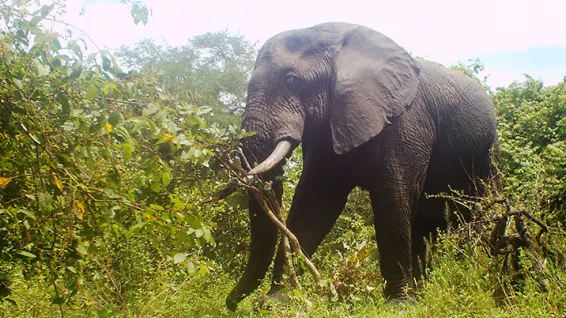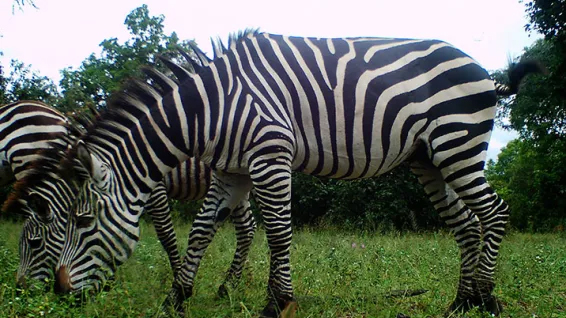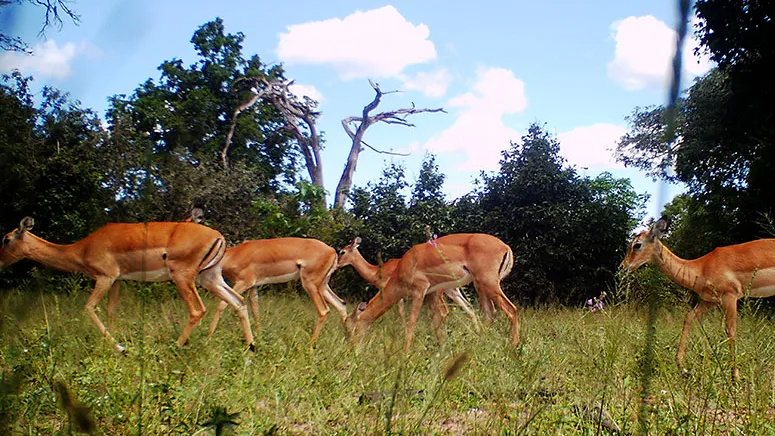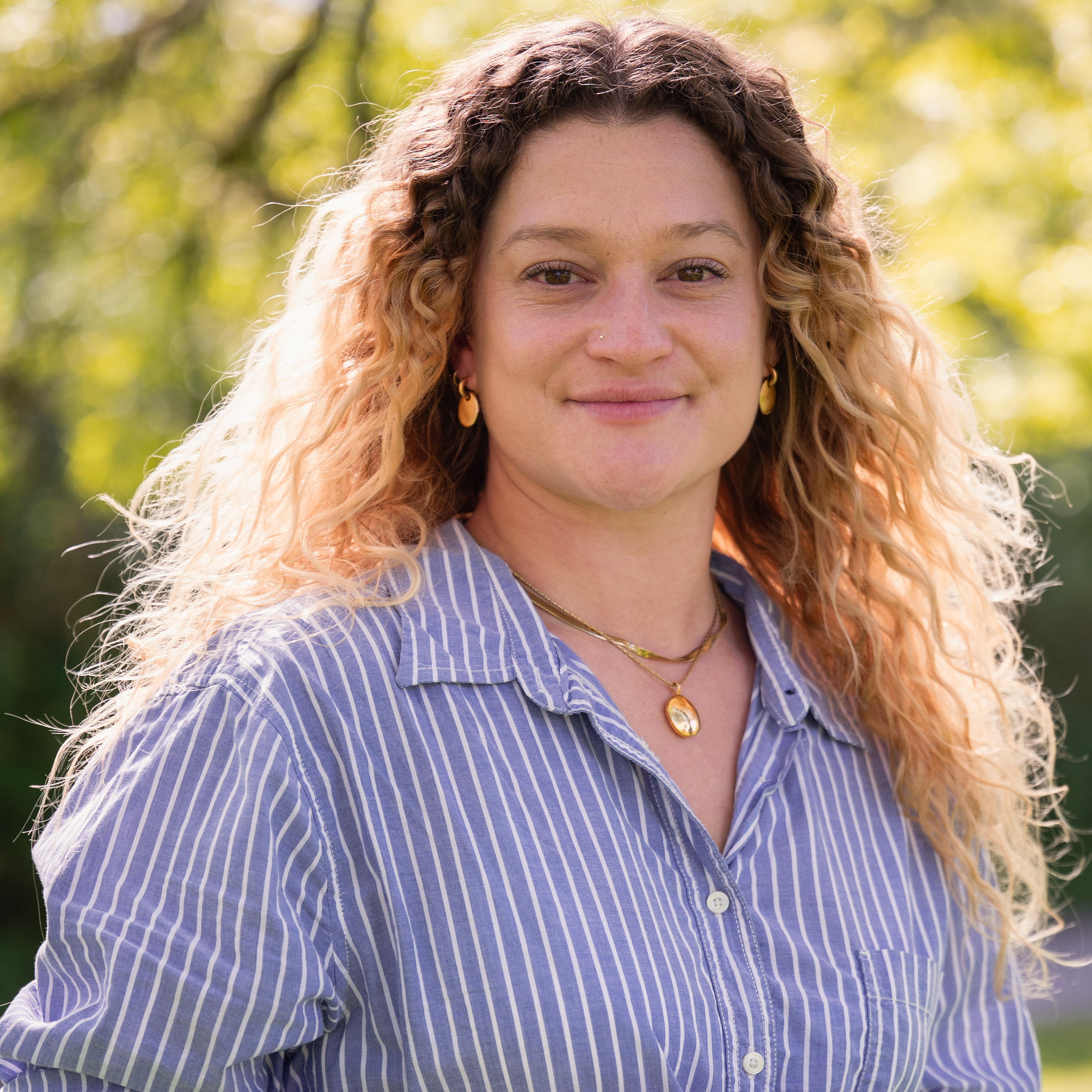Rangers in Tanzania are using camera traps to tackle illegal bushmeat trade
Rangers are getting training in camera traps in Katavi National Park, Tanzania, to help tackle illegal bushmeat trade

In a remote, and almost unheard of, nature reserve in western Tanzania, efforts are being ramped up to protect the incredible diversity of endangered wildlife that make their homes there.
What does that have to do with cameras, you ask? The increasing role of camera traps for conservation purposes.
The Katavi National Park is home to all the iconic African wildlife, including buffaloes, elephants, giraffes, cheetahs, leopards, lions, zebras, crocodiles and hippopotamuses.
Despite its biodiversity, there is little to no data on how big the populations of species are in the park – or the dangers posed by certain threats.
A recent study showed that camera traps are seriously lacking in the areas that need them the most.

There have been reports of an increase in poaching and illegal hunting in the area and, in 2020, the Tanzania government controversially legalized the public sale of bushmeat, with strict rules.
President John Magufuli sanctioned the order to open game meat selling points across the country, allegedly in an effort to stop illegal hunting. Statistics at the time estimated that approximately 2,000 tonnes of illegal bushmeat is seized annually in Tanzania, valued at $50 million.
Get the Digital Camera World Newsletter
The best camera deals, reviews, product advice, and unmissable photography news, direct to your inbox!
The lack of monitoring and statistical data in Katavi National Park might intensify illegal bushmeat trading, by allowing it to slip through legitimate gaps.
That’s where the camera traps, also called trail cameras, come in.
The Global Challenges Research Fund, through its Trade, Development and the Environment Hub, is supporting efforts in the area, starting with initial camera trap training.
In May this year, a research team led by Paulo Wilfred, a lecturer at the Open University of Tanzania, carried out the first full camera trapping and monitoring survey of the Katavi National Park. The camera traps produced millions of images of endangered wildlife, including lions and African wild dogs.
In June, the research team ran a workshop to train national park staff and other local stakeholders including rangers, researchers, village leaders and government officials, on how to use camera traps and the essential importance of the data they produce.

The participants learned about this history of camera trapping, its potential, and planning and deployment. They were trained how to recognize species from the images and footage using AI software, and how to estimate animal densities using approaches such as Space-To-Event analysis.
The participants were "happy" to learn about the potential of the camera traps, said Wilfred, but they were surprised at just how hands-on and involved the technical elements of the monitoring are.
"The park officials expected all the cameras to transmit data automatically," said research assistant, Lwimiko Mwateba, "but unfortunately it involves a more complex process of retrieving the data manually by relocating the cameras in the bushes and taking out the memory cards at regular intervals for further analysis."
Bringing in local communities reduces the risk of camera trap vandalism, and the continuous data produced by the traps mitigates the need to bring in costly outside experts.
In other news Blackmagic, maker of some of the best cinema cameras, recently collaborated with conservationists in Mozambique to tackle poaching with its new documentary series Guardians.
Take a look at our guides to the best trail cameras, the best cameras for wildlife photography, and the best camera drones.

After graduating from Cardiff University with an Master's Degree in Journalism, Media and Communications Leonie developed a love of photography after taking a year out to travel around the world.
While visiting countries such as Mongolia, Kazakhstan, Bangladesh and Ukraine with her trusty Nikon, Leonie learned how to capture the beauty of these inspiring places, and her photography has accompanied her various freelance travel features.
As well as travel photography Leonie also has a passion for wildlife photography both in the UK and abroad.
